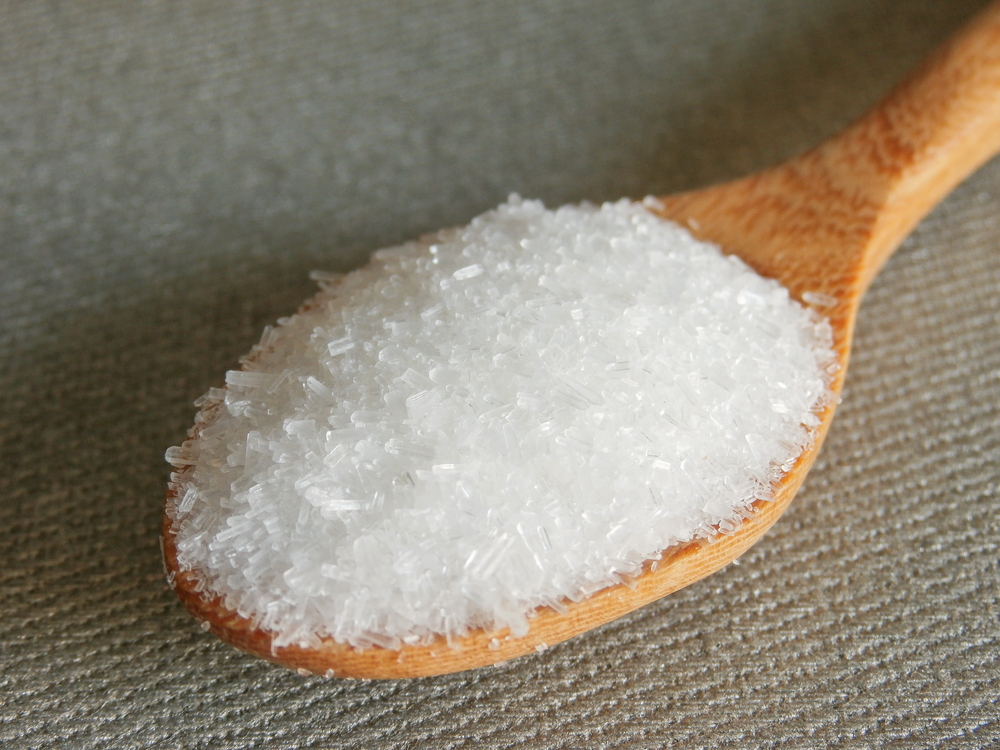
Chronic pain is among the most vexing health problems, including in the developing world, where most research suggests that the prevalence of pain is similar to the United States and other developed nations.
Preliminary research from a small pilot study carried out in Meru, in eastern Kenya, shows a link between chronic pain and consumption of glutamate, a common flavor enhancer found in Western and non-Western diets worldwide. Results demonstrated that when study participants cut monosodium glutamate from their diets, their symptoms improved. The findings are published in the journal Nutrition.
“This preliminary research in Kenya is consistent with what I am observing in my chronic pain research here in the United States,” said Kathleen Holton, lead author of the study and assistant professor of health studies at American University. “We don’t know what exposure is leading to this susceptibility to dietary glutamate, but this pilot study suggests the need for a large-scale clinical trial, since dietary change could be an effective low-cost treatment option for developing countries.”
As researchers study glutamate, they’re gaining insights into how the chemical works in the human brain and body. In the brain, glutamate is a common neurotransmitter. It also can act as an excitotoxin, over-stimulating and damaging or killing nerve cells. Some research has found that increased consumption of glutamate may enhance chronic pain symptoms, so there is biological cause for scientists to examine the chemical in relation to pain.
Glutamate is also a naturally occurring chemical in some foods, like soy sauce and parmesan cheese, but is more commonly found as a food additive. In the U.S., glutamate is added to many food products and found under many names including ‘monosodium glutamate,’ ‘hydrolyzed protein,’ ‘protein isolate,’ ‘protein extract’ and ‘autolyzed yeast extract,’ just to name a few. In Kenya, people’s exposure to glutamate is only from a few foods which contain MSG, with the largest exposure being from a mixed seasoning spice called Mchuzi Mix, which is typically used in cooking daily.
In the Kenya study, the goal was to test whether a dietary intervention could perform as well as or better than over-the-counter medication in relieving pain. With a sample size of 30 participants, the researchers tested the effects of removing MSG, increasing water intake, or a combination of both, relative to acetaminophen (the main treatment option available in Meru). Study participants experienced chronic pain for at least three months or more and in at least three quadrants of the body. Similar to what is seen with widespread chronic pain patients in the U.S., most also suffered from other neurological symptoms, including headaches or migraines, chronic fatigue, cognitive dysfunction, and sleep issues.
Holton’s collaborators in the research were University of Michigan Professor Dr. Daniel J. Clauw, M.D., and Dr. Peter K. Ndege, M.D., of Meru University of Science and Technology in Kenya. This research came about after Clauw learned about Meru villagers’ plight with chronic pain. When the team initially surveyed residents in the area, an estimated 60 percent reported chronic pain, twice the amount typically observed.
The participants were broken into four groups. Because dehydration is associated with headache pain, the researchers factored that into the study design. The groups consisted of the following: If subjects commonly consumed Mchuzi Mix, they were given a similar mixed seasoning substitute that contained no MSG. Those reporting low water intake and no MSG were given bottled water and instructed to increase water consumption to eight cups a day.
Those with low water consumption who also consumed MSG were given water and the substitute spices. The control group had neither exposure and was given acetaminophen. The group that removed MSG from its diet and consumed more water reported significant improvements in their symptoms, as did the group receiving acetaminophen.
In the future, Holton, Clauw and Ndege plan a larger, epidemiological survey to further understand the prevalence of widespread chronic pain in the region and to train Kenyan research staff how to conduct a large-scale clinical trial to test if dietary change could be an effective, low-cost treatment option for pain in countries like Kenya.
“This would be incredible if we could impact chronic pain simply by making slight modifications to diet,” said Clauw, a leading expert on chronic pain.




